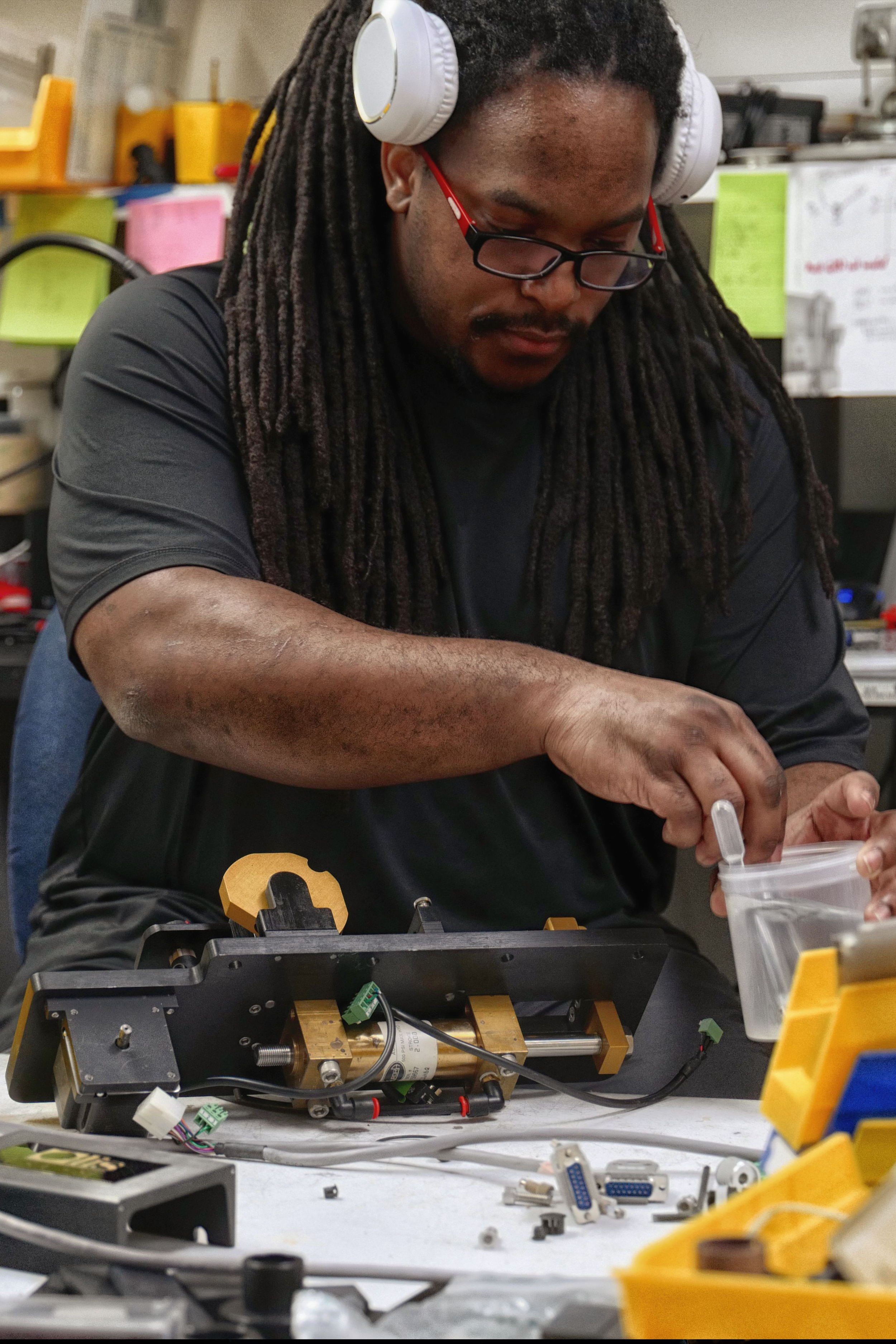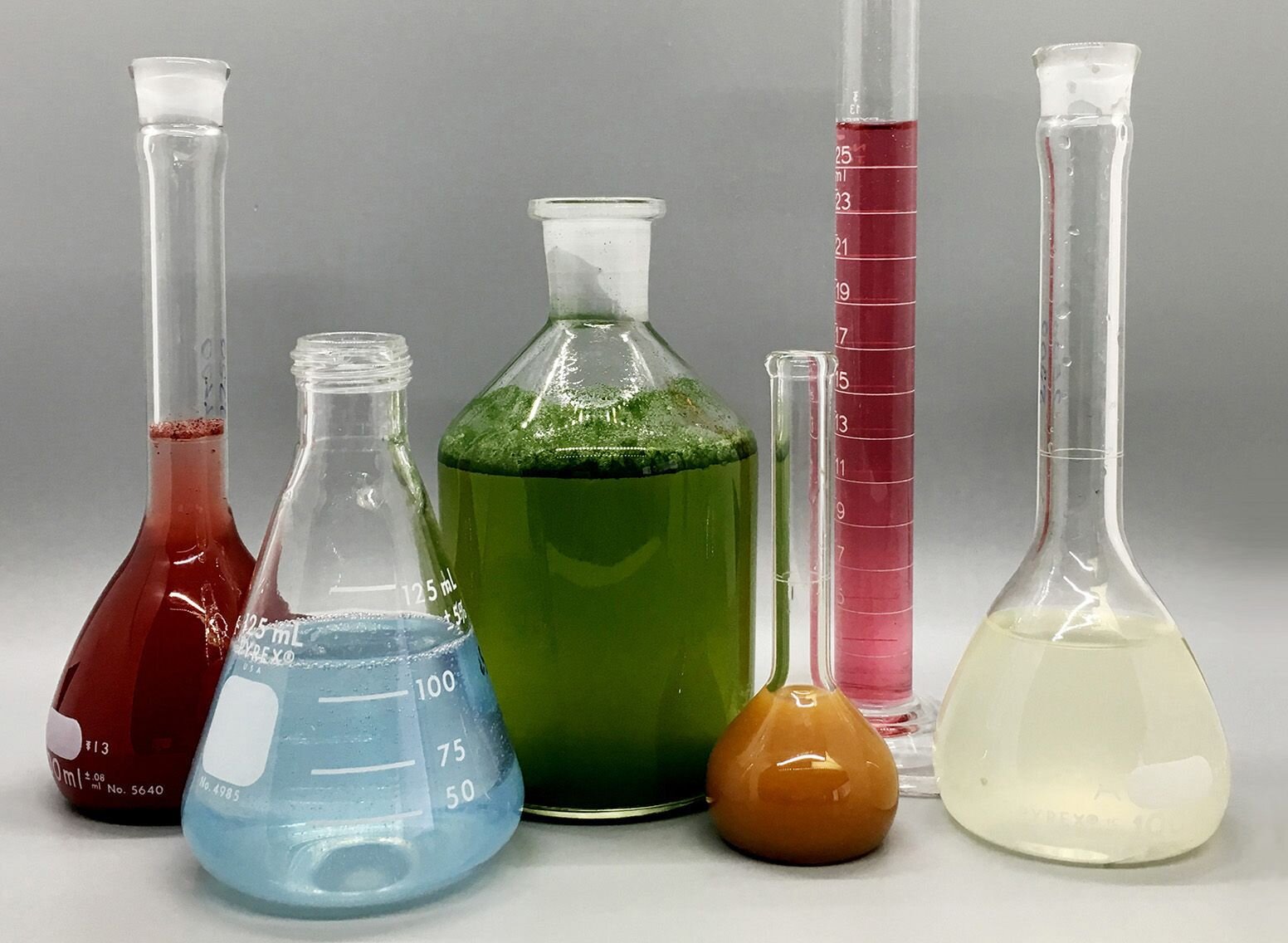Unknown Facts About Circular Dichroism
Unknown Facts About Circular Dichroism
Blog Article
10 Easy Facts About Uv/vis/nir Shown
Table of ContentsUv/vis/nir Things To Know Before You Get ThisCircularly Polarized Luminescence - QuestionsThe 8-Second Trick For Circular DichroismThe smart Trick of Uv/vis/nir That Nobody is Discussing5 Easy Facts About Circular Dichroism Explained

Spectrophotometry is a tool that hinges on the quantitative analysis of particles depending on how much light is soaked up by colored substances.
What Does Circular Dichroism Do?
A spectrophotometer is frequently utilized for the measurement of transmittance or reflectance of options, transparent or nontransparent solids, such as refined glass, or gases. Lots of biochemicals are colored, as in, they soak up noticeable light and for that reason can be measured by colorimetric treatments, even colorless biochemicals can typically be transformed to colored substances appropriate for chromogenic color-forming reactions to yield substances appropriate for colorimetric analysis.: 65 However, they can likewise be developed to measure the diffusivity on any of the listed light varieties that usually cover around 2002500 nm using different controls and calibrations.
An example of an experiment in which spectrophotometry is used is the decision of the equilibrium constant of a solution. A certain chain reaction within a solution may take place in a forward and reverse instructions, where reactants form products and items break down into reactants. Eventually, this chemical response will reach a point of balance called a stability point.
The Buzz on Uv/vis
The amount of light that travels through the solution is indicative of the concentration of certain chemicals that do not allow light to go through. The absorption of light is due to the interaction of light with the electronic and vibrational modes of particles. Each kind of particle has a private set of energy levels related to the makeup of its chemical bonds and nuclei and therefore will take in light of specific wavelengths, or energies, leading to distinct spectral residential or commercial properties.
They are extensively used in numerous industries consisting of semiconductors, laser and optical manufacturing, printing and forensic assessment, as well as in laboratories for the research study of chemical compounds. Spectrophotometry is frequently used in measurements of enzyme activities, determinations of protein concentrations, determinations of enzymatic kinetic constants, and measurements of ligand binding reactions.: 65 Eventually, a spectrophotometer is able to figure out, depending on the control or calibration, what compounds are present in a target and exactly how much through calculations of observed wavelengths.
This would come as an option to the previously developed spectrophotometers which were unable to absorb the ultraviolet properly.
Uv/vis Things To Know Before You Buy
It would be discovered that this did not give acceptable results, for that reason in Design B, there was a shift from a glass to a quartz prism which permitted better absorbance outcomes - UV/Vis/NIR (https://calendly.com/olisclarity1/30min). From there, Design C was born with a change to the wavelength resolution which wound up having 3 systems of it produced
It irradiates the sample with polychromatic light which the sample absorbs depending upon its residential or commercial properties. It is transmitted back by grating the photodiode array which identifies the wavelength region of the spectrum. Considering that then, the creation and execution of spectrophotometry gadgets has actually increased profoundly and has turned into one of the most innovative instruments of our time.

The Ultimate Guide To Circularly Polarized Luminescence
The grating can either be movable or repaired.
In such systems, the grating is fixed and the strength of each wavelength of light is determined by a different detector in the array. When making transmission measurements, the spectrophotometer quantitatively compares the fraction of light that passes through a referral solution and a test solution, then digitally compares the intensities of the 2 signals and calculates the portion of transmission of the sample compared to the reference standard.

Report this page